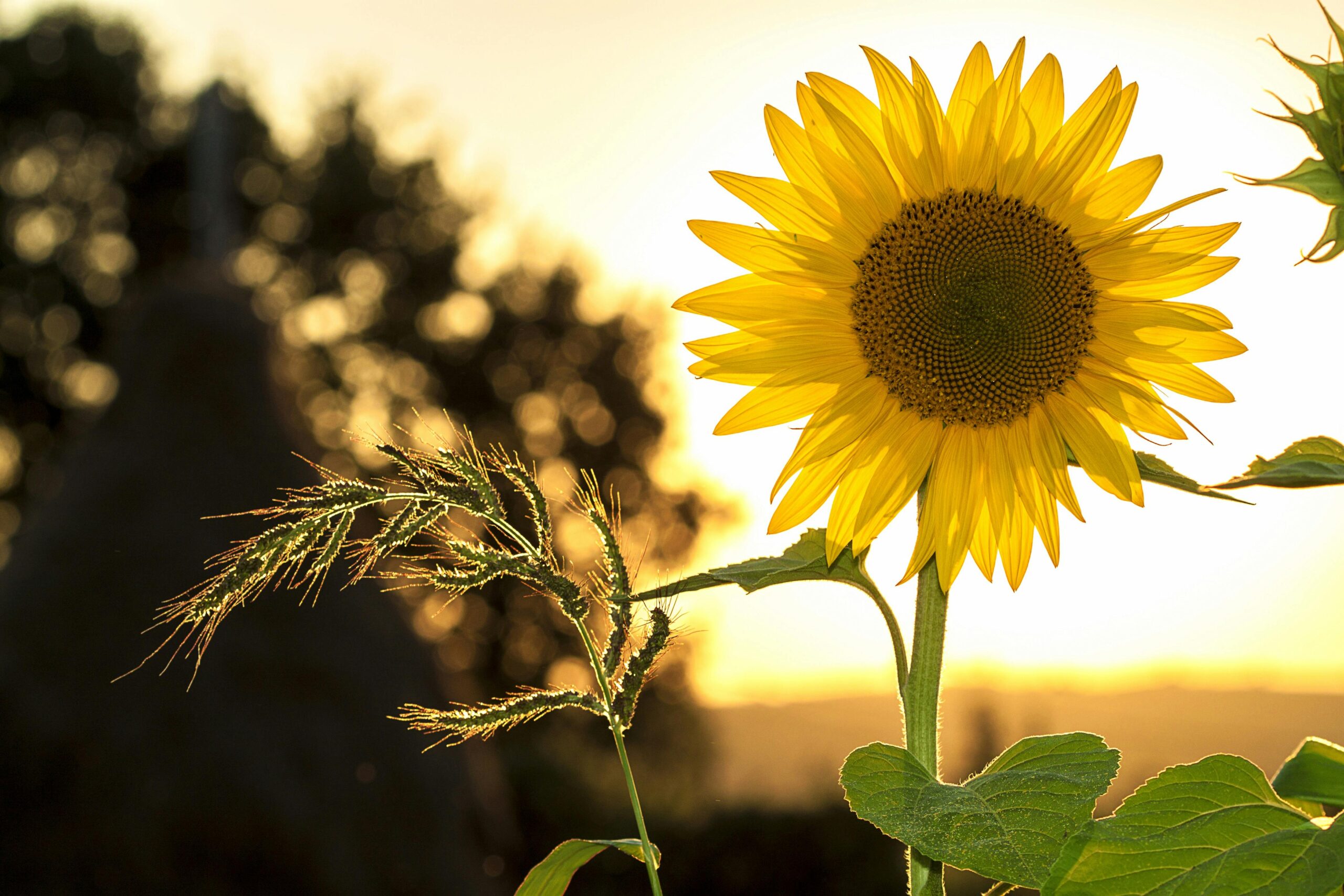- HUMOR
100 Very Funny Insults And Great Comebacks


Self seeding flowers are a remarkable addition to any garden, providing beauty and sustainability with minimal effort. These plants have the unique ability to disperse their seeds, allowing them to grow anew each season without the need for replanting. For beginner gardeners or those seeking low maintenance garden plants, self sowing flowers can be a game-changer. This article will explore what self seeding flowers are, their benefits, and how to successfully incorporate them into your landscape.
Self seeding flowers are plants that produce seeds that can germinate and grow into new plants without human intervention. This natural process can lead to a vibrant garden that evolves each year, adding a dynamic element to your landscape. Many self seeding flowers are annuals or perennials, meaning they can complete their life cycle in one season or return year after year, respectively.
Choosing self seeding flowers offers numerous advantages for gardeners. Here are some key benefits:
Here are fifteen self seeding flowers that can enhance your garden, along with their growth habits, colors, and hardiness zones:
California Poppy (Eschscholzia californica) – Annual; bright orange and yellow; Zones 3-10.
Cosmos (Cosmos bipinnatus) – Annual; pink, white, and purple; Zones 2-11.
Sunflower (Helianthus annuus) – Annual; yellow; Zones 2-11.
Nasturtium (Tropaeolum majus) – Annual; orange, red, and yellow; Zones 2-11.
Sweet Alyssum (Lobularia maritima) – Annual; white, purple, and pink; Zones 2-10.
Foxglove (Digitalis purpurea) – Biennial; purple, pink, and white; Zones 4-9.
Self-Seeded Petunias (Petunia spp.) – Annual; various colors; Zones 10-11.
Wildflower Mix (Various species) – Annual and perennial; various colors; Zones 3-10.
Cleome (Cleome hassleriana) – Annual; pink and white; Zones 10-11.
Butterfly Weed (Asclepias tuberosa) – Perennial; orange; Zones 3-9.
Columbine (Aquilegia spp.) – Perennial; blue, purple, and yellow; Zones 3-9.
Yarrow (Achillea millefolium) – Perennial; yellow, white, and pink; Zones 3-9.
Black-eyed Susan (Rudbeckia hirta) – Perennial; yellow with dark centers; Zones 3-10.
Forget-Me-Not (Myosotis sylvatica) – Perennial; blue; Zones 3-9.
Shasta Daisy (Leucanthemum × superbum) – Perennial; white with yellow centers; Zones 5-9.
Growing self seeding flowers is straightforward, but understanding their specific needs will help ensure success. Here’s a step-by-step guide to their care:
Most self seeding flowers thrive in well-draining soil. A loamy mix enriched with organic matter, such as compost, is ideal. Ensure the pH is slightly acidic to neutral (6.0 to 7.0) for optimal growth.
Most self sowing flowers prefer full sun, which means at least six hours of direct sunlight daily. However, some, like foxglove and columbine, can tolerate partial shade.
Water self seeding flowers regularly, especially during dry spells. Aim for deep watering to encourage strong root systems. Allow the soil to dry slightly between waterings to prevent root rot.
Understanding the environmental needs of self seeding flowers is crucial for their successful growth. Here’s a detailed breakdown:
Following a seasonal checklist can help you manage your self seeding flowers effectively. Here’s what to do throughout the year:
Even low maintenance flowers can face challenges from pests and diseases. Here are some common issues and how to address them:
Having the right tools and practicing safety is essential for a successful gardening experience. Here’s a list of tools and safety tips:
Self seeding flowers can be utilized in various creative ways to enhance your garden’s aesthetic. Here are some ideas:
By incorporating self seeding flowers into your garden, you can enjoy a vibrant, low maintenance landscape that evolves beautifully each year. With the right care and planning, these flowers will bring joy and sustainability to your gardening experience.